Part of the Prado’s bicentenary celebrations, this exhibition looks at two of the most significant women artists of the Renaissance. Though born into very different social classes, both Lavinia Fontana and Sofonisba Anguissola rose to heights of prestige that had not previously been scaled by women painters – Fontana at the Vatican, and Anguissola at the Spanish court. With a number of significant loans from European and American institutions, this exhibition retraces the two painter’s careers. Find out more from the Prado’s website.
Preview the exhibition below | View Apollo’s Art Diary here
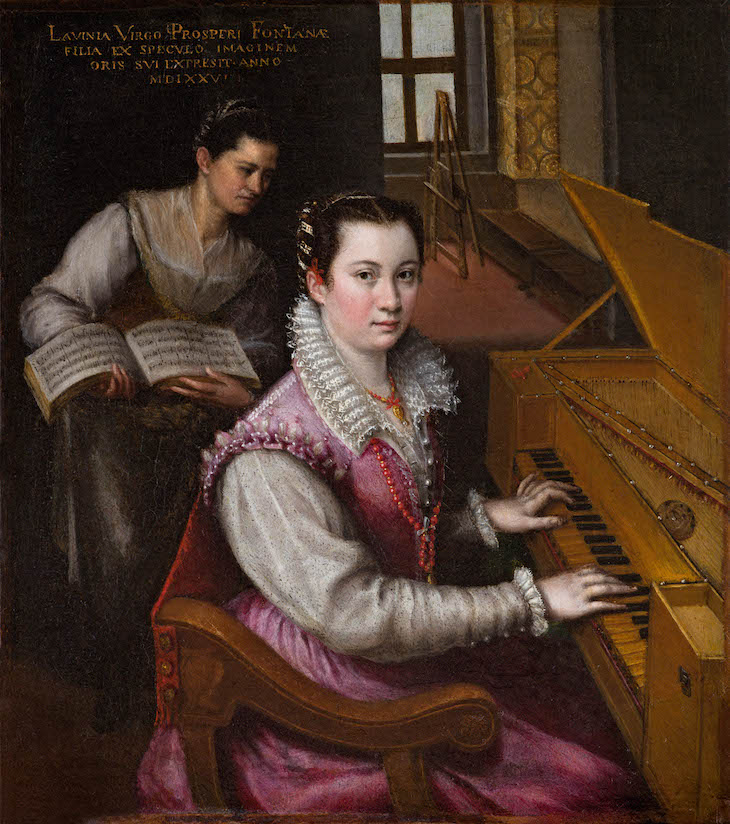
Self-Portrait at the Spinet (1577), Lavinia Fontana. Accademia Nazionale di San Luca, Rome
Born in Bologna in 1552, Lavinia Fontana is often considered to be the first professional woman painter; she was the first to be accepted into the Accademia di San Luca in Rome, and supported her family throughout her life by gaining prestigious commissions for portraits in the city. This self-portrait has been interpreted as a wedding painting; it was completed in the year of Fontana’s marriage to Giovan Paolo Zappi, a fellow artist who became her agent and manager.
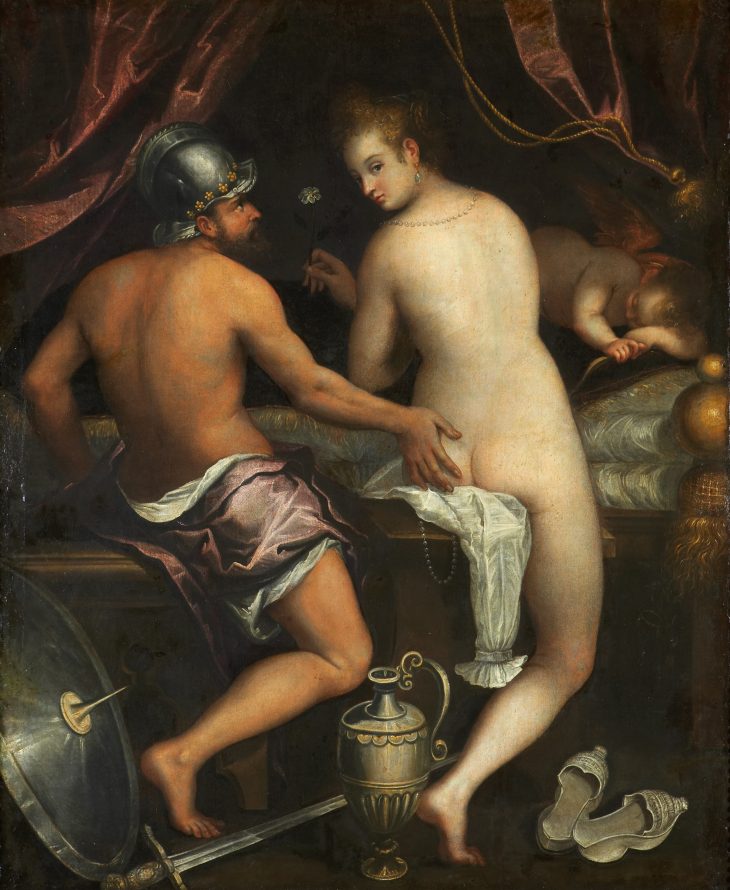
Venus and Mars (c. 1595), Lavinia Fontana. Fundación Casa de Alba, Madrid
Fontana is best known as a portrait artist – and some of her large altarpieces are well known, too – but she also painted mythical scenes, such as this voluptuous depiction of Mars and Venus. Some art historians believe that she was the first woman in Western art history to paint nudes from life.
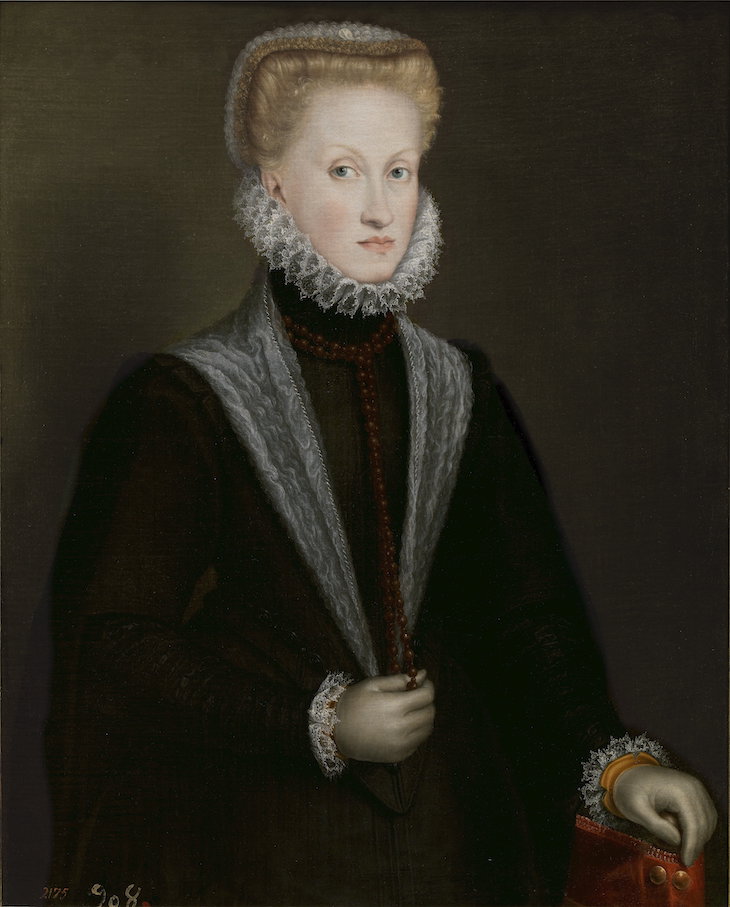
Queen Anna of Austria (c. 1573), Sofonisba Anguissola. Museo Nacional del Prado, Madrid
Sofonisba Anguissola was born into an aristocratic family from Cremona in around 1532; she travelled to Rome as a young woman, where her talent was recognised by Michelangelo, and in 1559 became lady-in-waiting to Elisabeth de Valois, Queen of Spain (and a keen amateur painter). She became a court painter to Philip II, and remained at court for some 15 years – at least until her marriage to a Sicilian nobleman after Elisabeth’s death in 1568, for which Philip II provided the dowry. Here she portrays Anna of Austria, who became Queen of Spain after Philip remarried in 1570.
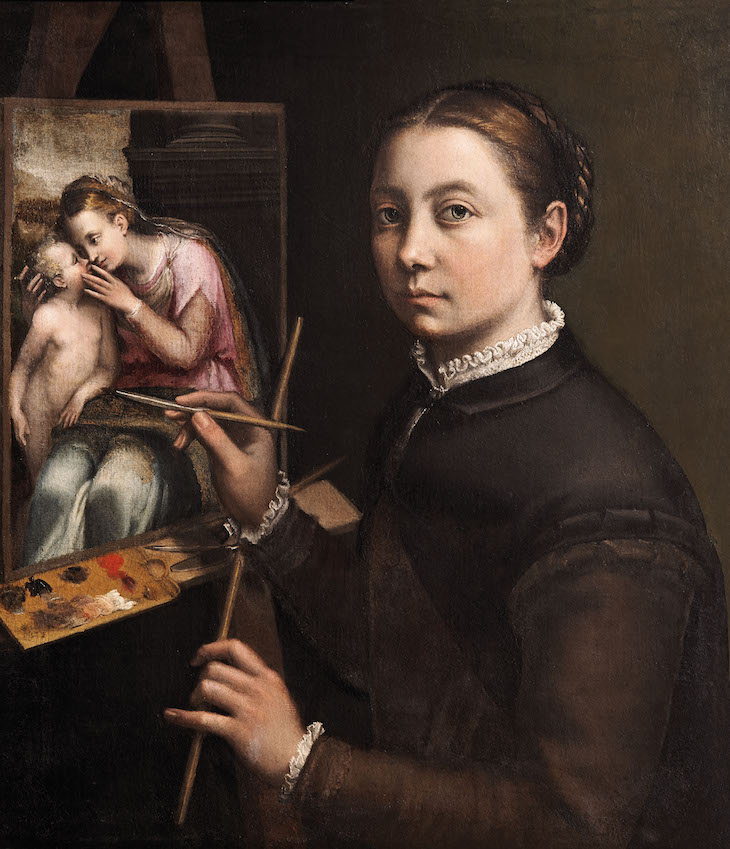
Self-Portrait at the Easel (c. 1556–57), Sofonisba Anguissola. Łańcut Castle
Despite her position as court painter, Anguissola’s most celebrated works today are those she completed of herself and her family. In this famous self-portrait, she stares out at the viewer with a calm intensity, as though we have just interrupted her at work.

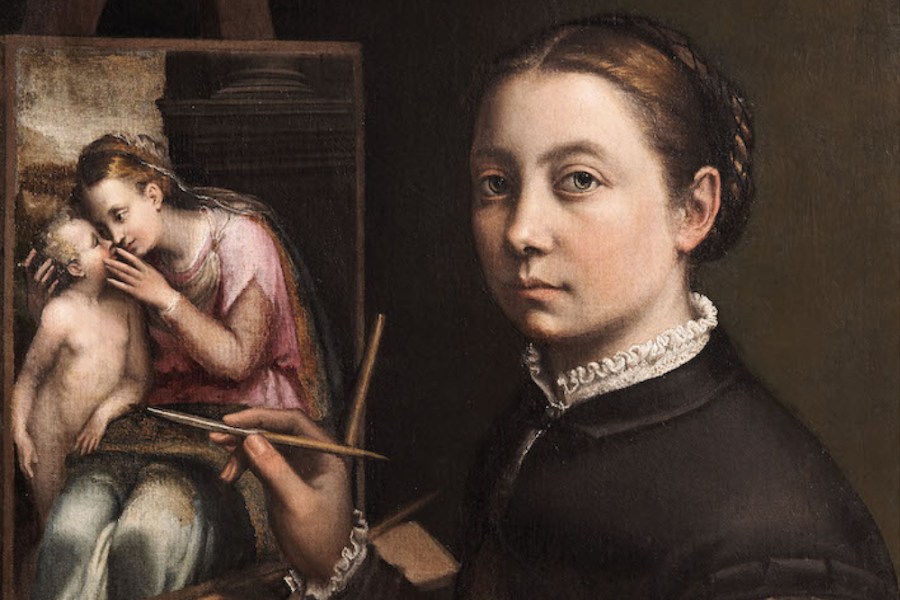









![Masterpiece [Re]discovery 2022. Photo: Ben Fisher Photography, courtesy of Masterpiece London](http://www.apollo-magazine.com/wp-content/uploads/2022/07/MPL2022_4263.jpg)
It’s time for the government of London to return to its rightful home